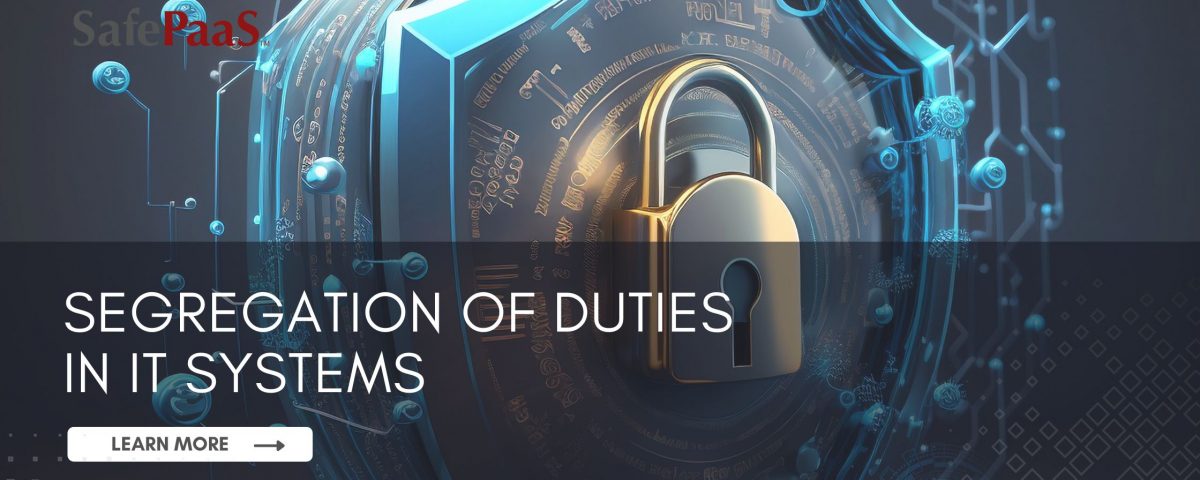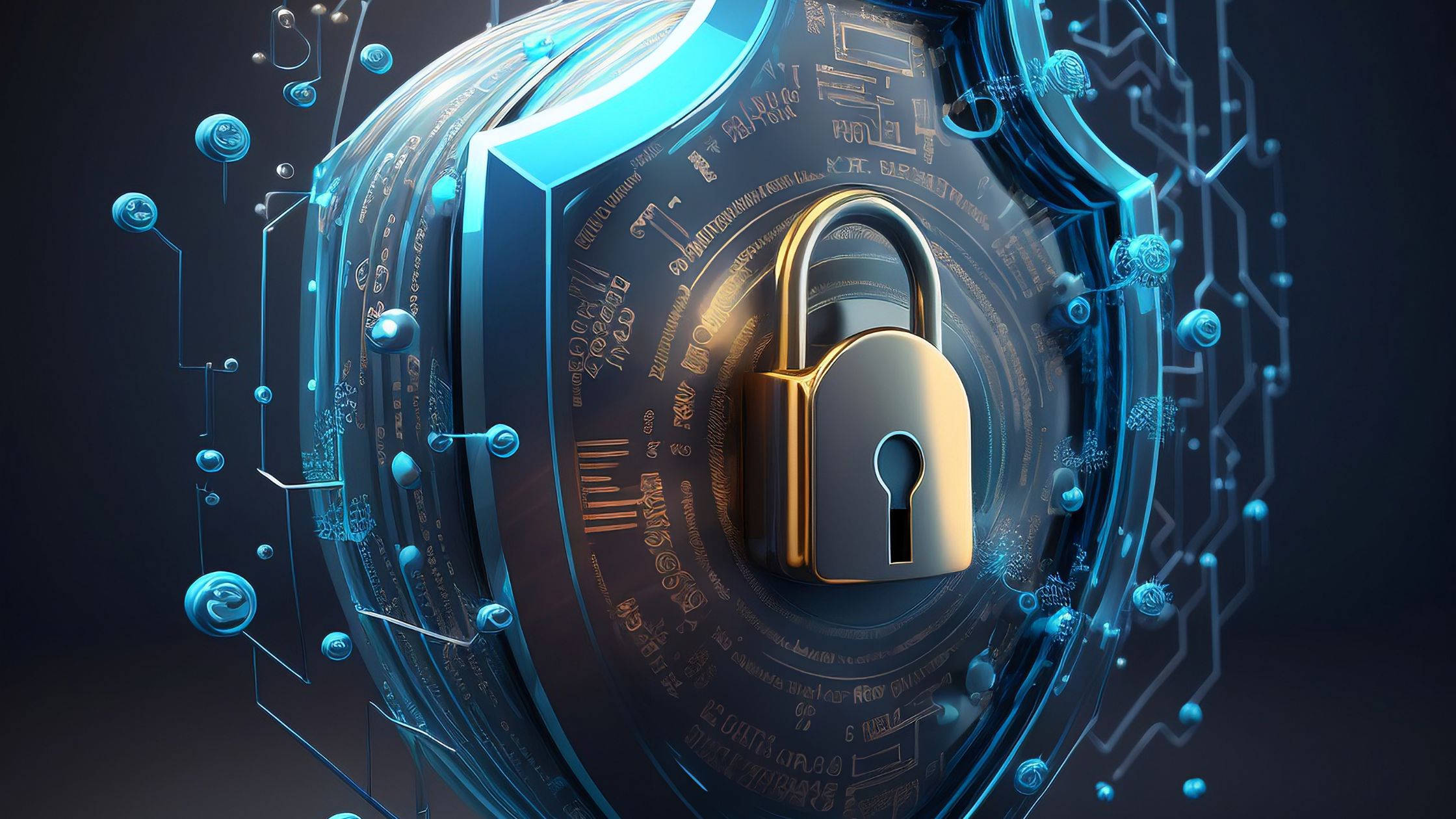Segregation of Duties in IT Systems


Segregation of Duties in IT Systems
Welcome to the latest installment of our Segregation of Duties (SoD) blog series, "Top Ten Searched Topics on the Segregation of Duties - Answered." In our previous post, we explored how Segregation of Duties is a vital component of internal control systems, offering protection against errors, fraud, and resource misuse by distributing responsibilities among different individuals, thereby creating a system of checks and balances.
In this blog, we delve deeper into the profound significance of Segregation of Duties within IT security. As we explore the realm of SoD in IT, we will also explore the specific Segregation of Duties measures IT should implement to achieve maximum security.
While the concept of Segregation of Duties may appear redundant to some, its role in safeguarding against financial risks and preserving organizational reputation from data mishandling underscores its pivotal importance in maintaining effective access management, data security, and compliance.
Additionally, SoD is critical in IT for:
- Efficiency of IT systems and processes
- Detection of control failures
- Abuse of access permissions
- Quality assurance
- Business continuity
- Detection and response to incidents, and
- Confidentiality and data privacy
Segregation of Duties Examples for IT
The core idea behind SoD is simple yet profound: distribute tasks and responsibilities among individuals in a way that establishes checks and balances. This fundamental principle touches every facet of IT security and data management, ensuring the integrity and reliability of your IT systems and processes. Below are some specific task separations your organization can implement to strengthen your IT security.
Access Control and Authorization
- User Account Creation and Management: Separate user account creation, modification, and deactivation duties. Individuals who create user accounts should not have authorization or oversight over those accounts.
- Access Approval and Review: Ensure that the process for granting and reviewing access rights is distinct from those responsible for managing the systems and data being accessed.
- Access to Critical Systems: Limit access to critical systems and data to authorized staff only. Create roles that grant access based on job functions and responsibilities.
Network Security
- Firewall Configuration: Divide responsibilities for configuring and maintaining firewalls. Those responsible for network security should not be the same as those configuring the firewall rules.
- Network Monitoring and Incident Response: The team responsible for monitoring network traffic and responding to security incidents should be separate from those managing and administering network devices.
Data Management
- Data Backup and Restoration: Separate the data backup and restoration duties. The individuals responsible for creating backups should not be the same as those who restore data.
- Database Administration: Divide responsibilities for database administration tasks, such as schema changes, data manipulation, and user access management.
System Administration
- Server Administration: Separate server administration tasks from application development and maintenance. System administrators should not have direct access to application code or database tables.
- Patch Management: Those responsible for applying security patches and updates should be distinct from those who manage the day-to-day operations of the systems.
Security Monitoring and Incident Response
- Security Monitoring: Individuals responsible for monitoring security events and logs should not be the same as those with administrative access to systems.
- Incident Response: Separate the roles of incident detection and response. The team detecting security incidents should report to a separate group responsible for responding to and mitigating those incidents.
Change Management
- Change Request and Approval: Divide the roles involved in requesting changes to IT systems and approving those changes. This helps ensure that changes are thoroughly reviewed and tested before implementation.
Physical Security
- Data Center Access: Control access to data centers and server rooms. Only authorized staff should have physical access to critical IT infrastructure.
Vendor and Third-Party Management
- Vendor Evaluation and Contract Management: Separate the roles of evaluating vendors, negotiating contracts, and managing vendor relationships from those using vendor products or services.
User Support and Helpdesk
- User Account Resets: Users should not be able to reset their accounts. The helpdesk should handle this function or the IT support team.
Audit and Compliance
- Audit Trail Oversight: Those responsible for maintaining audit logs and generating reports for compliance purposes should not be able to alter or delete audit trail data.
Cloud Security
- Cloud Service Configuration: Divide responsibilities for configuring and managing cloud services. Ensure that individuals with access to sensitive data in the cloud do not have the same privileges as those managing the cloud infrastructure.
IT Service Management Systems
- Lifecycle Management Workflow: Parts of the SDLC lifecycle may go through three or four approvers and systems to meet business needs. All requester and approver roles and access must be segregated within the change management process. Those approvals must be verified by a policy-based access governance system to ensure the changes made align with SoD policies for a closed-loop system
It's important to note that while implementing Segregation of Duties controls is essential for maximum security, organizations should also regularly review and update these controls to adapt to changing threats and technologies. Additionally, organizations should consider using access governance solutions to automate and enforce SoD policies effectively while reducing the potential for human error and oversight.
As we conclude this installment of our Segregation of Duties series, we hope you recognize the profound importance of SoD in safeguarding your organization's IT infrastructure, data, and operations. Adopting effective SoD is not merely a choice; it's imperative for effectively navigating the complex world of IT security.
More blogs in the series

Security, segregation of duties and common examples
This blog explores common examples of departments and tasks that should be separated to ensure security. Finance and Accounting, IT, Human Resources...

The Importance of Segregation of Duties in Accounting
Segregation of Duties is an essential concept in accounting and internal controls that contribute to fraud prevention, error detection, accuracy, compliance, accountability, and overall financial integrity within an organization

Segregation of Duties Examples and Best Practices
Best Practices for Implementing Segregation of Duties include clear role definitions, regular review, automated controls, rotation of duties...

